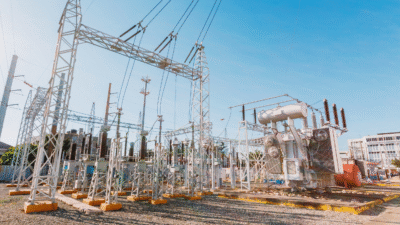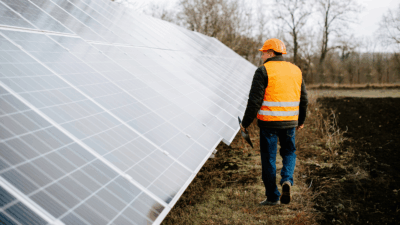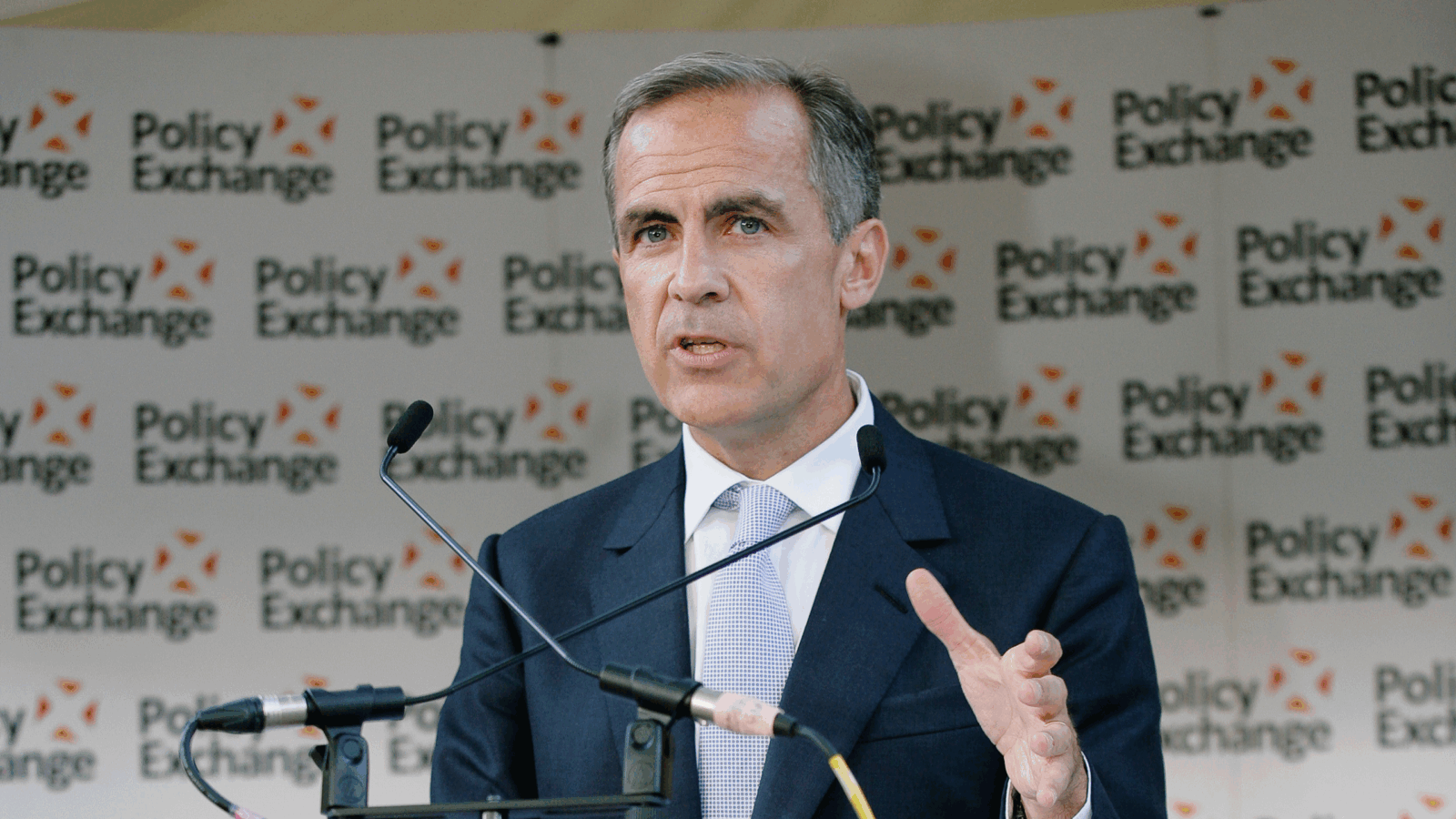
Sign up for smart news, insights, and analysis on the biggest financial stories of the day.
You know about solar power. And wind power. And hydropower. Now, there’s a new field of potentially clean, reusable energy that’s— pardon the terrible pun— making waves.
Yesterday, the Department of Energy announced it will dedicate $25 million in funding to eight wave energy-focused research projects.
The Ohm Man And The Sea
The money will flow to PacWave South, an off-shore facility currently under construction near the Oregon coast, with a focus on funding three different types of projects: testing wave energy converter tech, wave energy research and development, and advancing wave energy converter designs. Eight groups will split the funds, including $4.5 million earmarked for Portland State University, $7.5 million to CalWave Power Technologies, and $4.2 million to Columbia Power Technologies.
Presently, wave energy— which captures and converts waves into carbon-free electricity— is relatively unexplored and under-utilized compared to more popular forms of renewable energies. But its potential is considered immense:
- The theoretical annual energy of waves off the US coastline is estimated to be as much as 2.64 trillion kilowatt-hours, according to the US Energy Information Administration. For you laymen, that’s the equivalent of about 66% of US electricity generation.
- In 2019, the global wave energy market was valued at $43.8 million. But an Allied Market Research study projects that figure to triple by 2027.
“Harnessing the unrelenting power of the ocean is a clean, innovative, and sustainable way to curtail carbon pollution,” US energy secretary Jennifer Granholm said Tuesday.
V-SEA Funding: The harsh, corrosive conditions of the open ocean have placed a limit on developing and upscaling wave-energy technology. But there’s hope testing progress at PacWave South will attract the venture capital and angel investors needed to carry the field into a new phase of commercial-scale farms. “Even somebody like Bill Gates isn’t going to pay millions of dollars to do tests that they think will fail. Feasibility is pretty important,” PacWave’s chief scientist Burke Hales told Wired last year.











